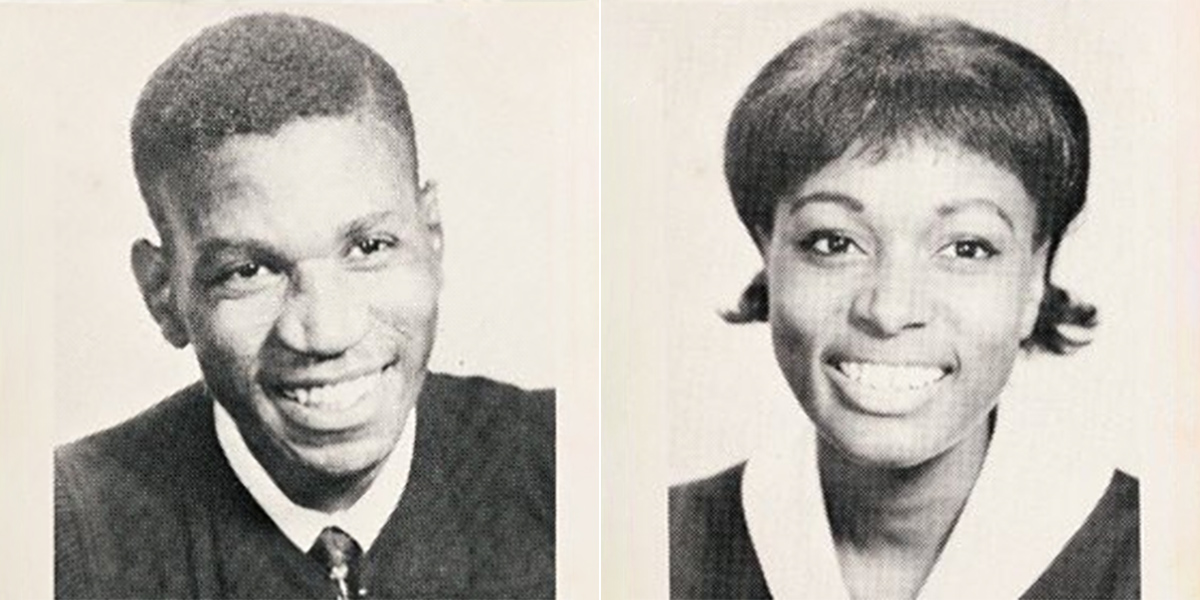Baylor to add statues honoring first Black graduates to campus landscape

When Baylor released the report and recommendations of the Committee on Historic Campus Representations last month, most attention was (rightly) placed on the committee’s historical study of Baylor’s connections to slavery and the Confederacy and their recommendations for what changes could/should be made to better tell the full story of our university’s history. The university is now working to evaluate those recommendations and decide next steps toward accomplishing that goal.
One first step, however, was announced that same day — the creation of on-campus statues honoring Baylor’s first Black graduates, Rev. Robert Gilbert (BA ’67) and Barbara Walker (BA ’67). The statues are to be placed in front of Tidwell Bible Building, where both students took classes (and along the same street where the Judge Baylor statue still sits). The artistic process is already underway; the university expects to review sculptors and initiate design proposals this summer, and to select a final sculptor early this fall.
In both their personal lives and professional callings, Gilbert and Walker have exemplified the Baylor spirit of leadership and service.
Gilbert came to Baylor as a transfer student from Paul Quinn College, initially looking to get his law degree in order to change the injustices around him. After graduation, he spent three years as the first African-American teacher at a Waco-area middle school before realizing he felt a calling to ministry. Despite severe health challenges, Gilbert pastored at churches throughout Waco and the surrounding area, and was well known as a local civil rights leader. He passed away in 1992 at age 50.
Walker also transferred to Baylor from Paul Quinn, excelling academically from an early age and finding her fit at Baylor in the field of social work. She later earned a master’s degree in social work from Florida State, then spent more than 30 years as a licensed clinical social worker, including leading the state of California’s Department of Mental Health’s inpatient and outpatient mental health programs for many years — like Gilbert, seeing her life’s work as a calling and ministry. She retired in 2001, but has remained connected to Baylor, often returning to speak to students.
The statues aren’t a solution to every issue related to race at BU — but honoring these brave pioneers is a fitting first step toward better telling Baylor’s history.
Sic ’em, Rev. Gilbert and Mrs. Walker!

